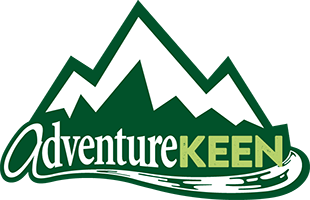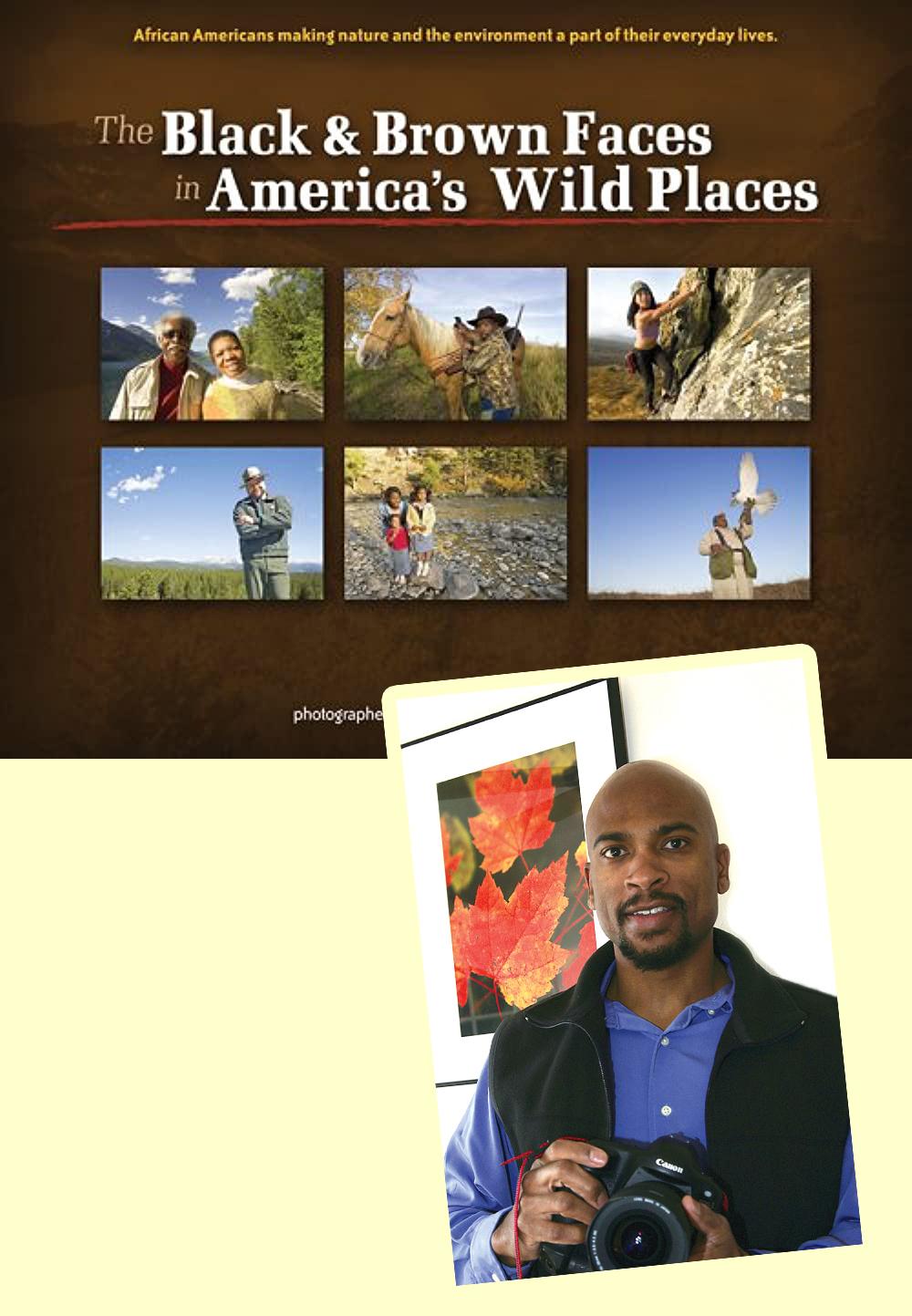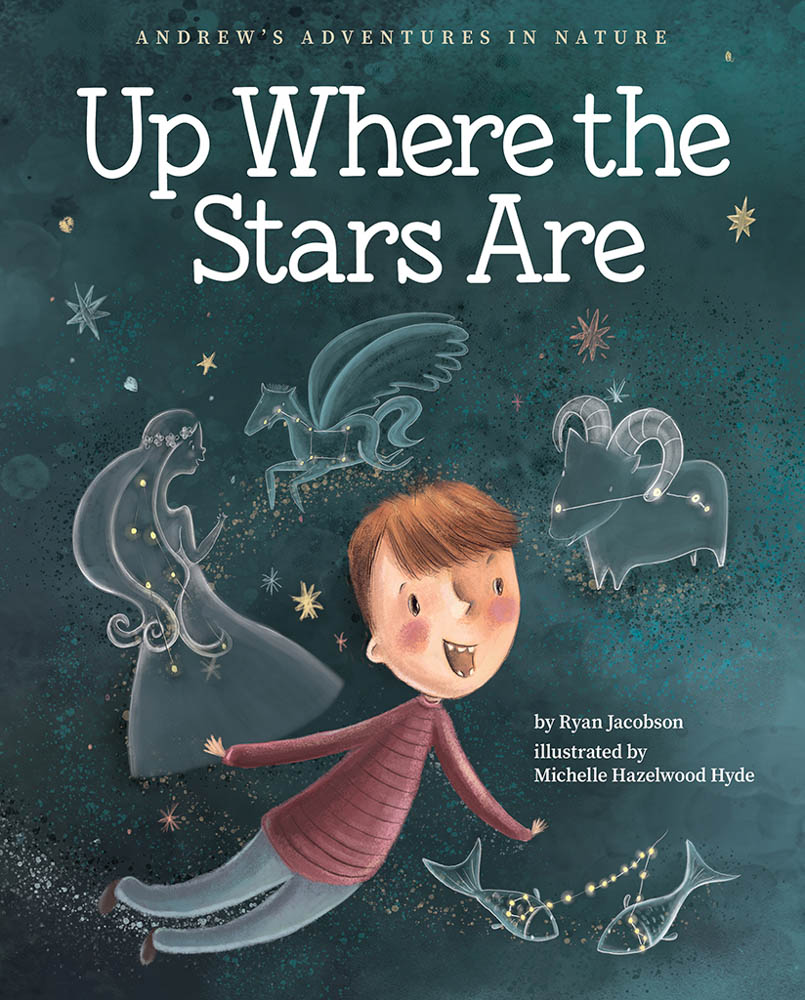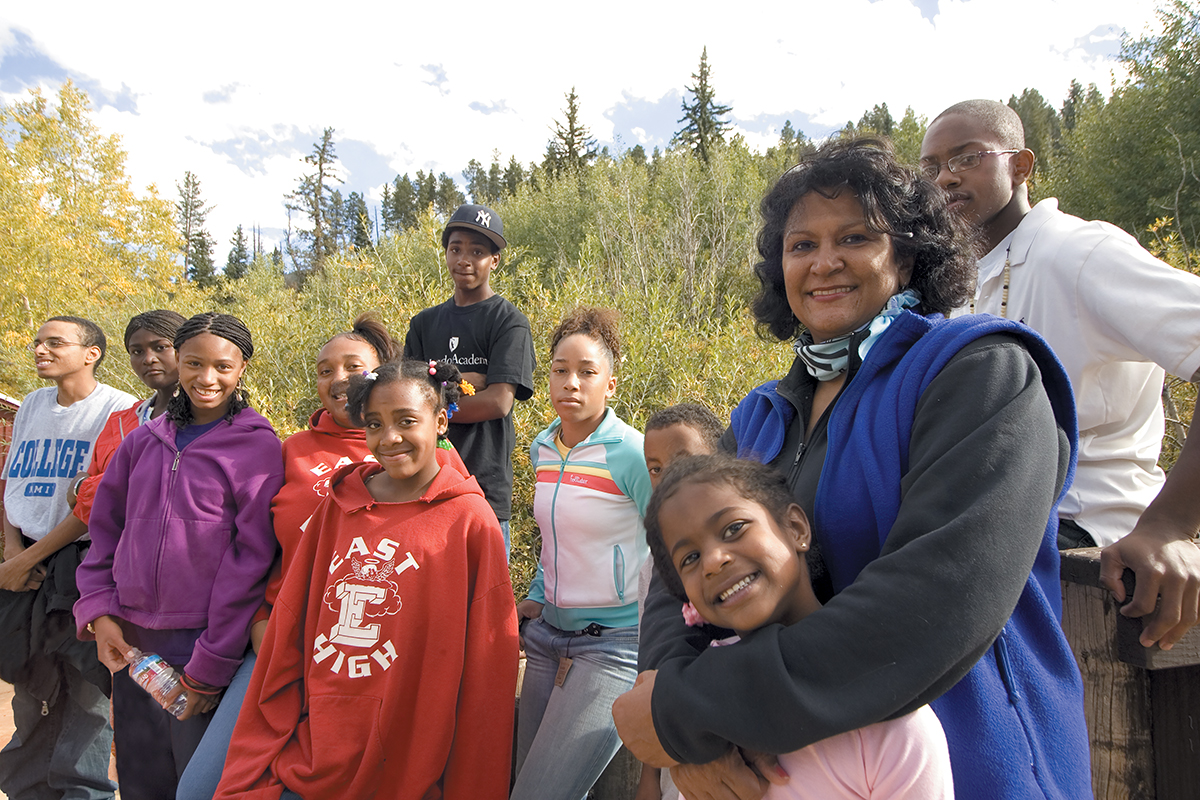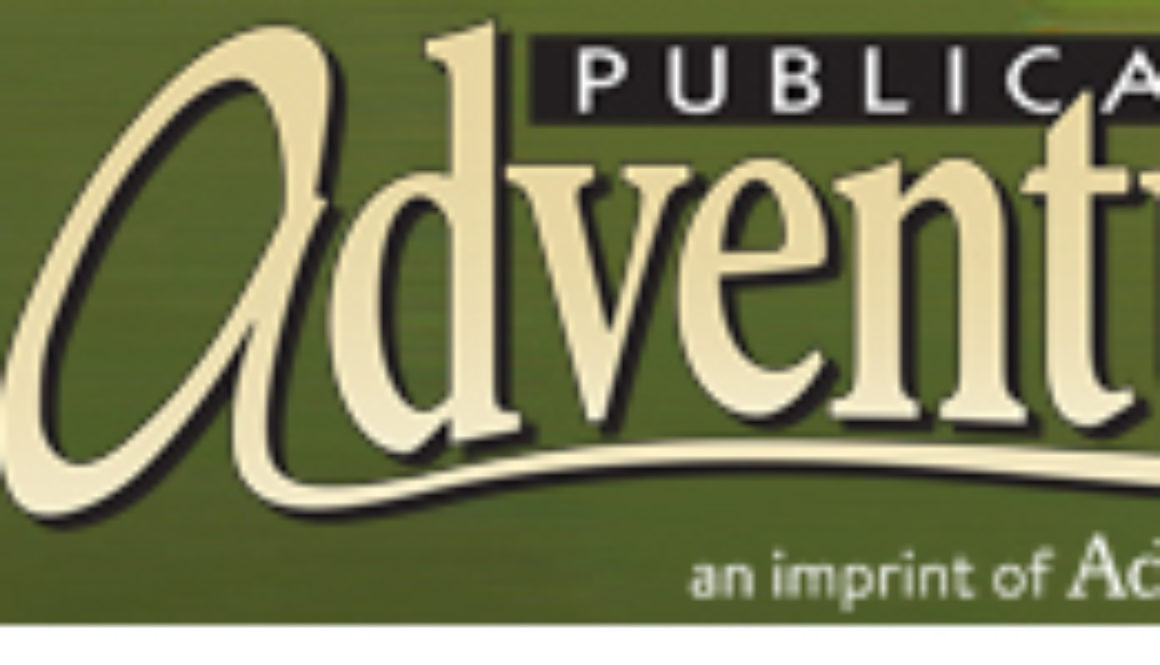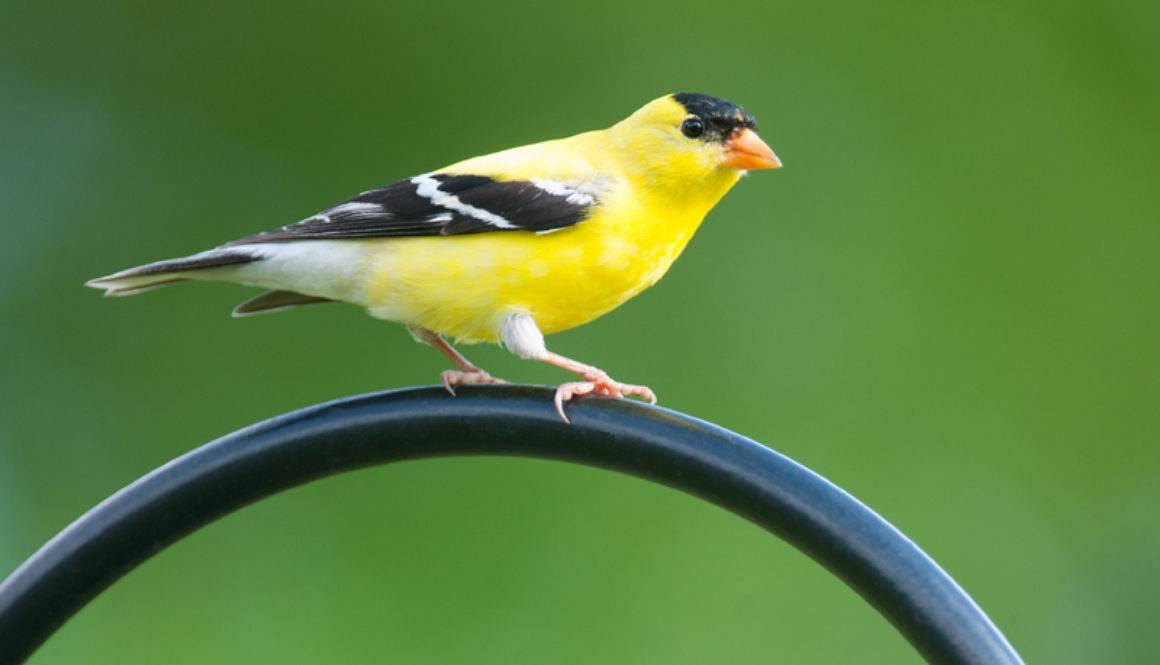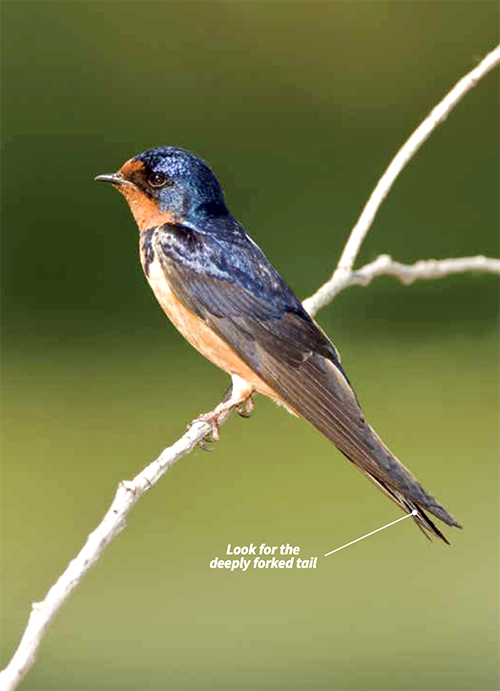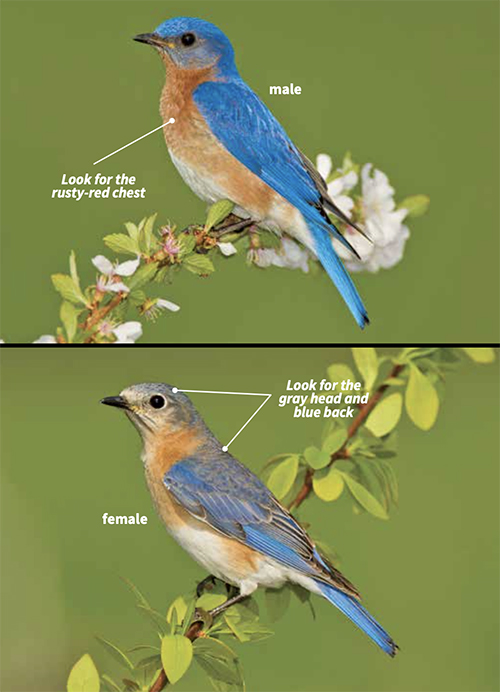Cheryl Armstrong: The future of conservation depends on diversity

In 2006 Dudley Edmundson conducted a series of interviews with African American outdoors-people that culminated in the book Black & Brown Faces in America’s Wild Places.
A lot has changed, in the world, and around the United States, in the 17 years since Black & Brown Faces in America’s Wild Places was first published. Yet, when reading through the interviews, it is easy to see the common themes and energy that link all of their experiences with the growing outdoor community who LOOK like them and share their passion for nature and the outdoors.
Over the coming months we will be sharing the interviews from Black & Brown Faces in America’s Wild Places here on our blog, and we hope you can find your voice to add to those celebrating their passion for the outdoors.

Cheryl Armstrong, President and CEO,
James P. Beckwourth Mountain Club
Denver, Colorado
Heroes and Mentors
The most important mentor in my life was my father. I guess you could describe him as a black Ernest Hemingway. He was a big game hunter and trophy fisherman; he was way ahead of his time. We traveled all around the world during my childhood and did outdoor activities as far back as I can remember.
We would travel to Mexico for fishing and traveled to different countries around the world visiting historic places, climbing the pyramids in Mexico—you name it, we did it. My father traveled to Africa quite a bit in the late 1950s as a big game hunter; he would go on safari there. He also wrote and was a civil and women’s rights leader and a great speaker, too. I had a great mentor in my father.
Minorities in Our Wild Places
I don’t think that African Americans and other people of color spend enough time in the outdoors. The reason, I believe, is because they just don’t have the opportunities and access to do so. Getting into the outdoors oftentimes requires transportation and many urban residents do not have reliable transportation. Another factor is that it takes a certain amount of know-how and equipment to do these things. Many of them simply cannot afford it, nor do they have the skill sets to be able to safely do things like camp or backpack. In order to get that knowledge, they need access to a program or organization like the Beckwourth Mountain Club.
Youth and Wilderness
One of the rewarding parts of running the Beckwourth outdoor and youth program here is experiencing firsthand the joy and awe of children who come through our program. This is Denver and we come very close to the front range of the Rocky Mountains, with its alpine lakes and flower-filled meadows within an hour or so of the city. However, 87 percent of the children who come through our program, although born and raised in Denver, have never been to the mountains and seen this breathtaking scenery. Most of them have never experienced what it is like to climb along a mountain trail or have never been camping. Oftentimes when they first have this experience of an overnight of camping, or seeing the night sky away from the city, the looks on their faces are truly remarkable.
This is a long-term mentoring program that is not just a one-time camp-out or one-week trip; kids can sign up in our program as early as age 8 and remain in our program until they are age 18, and even after that they can come back and work as part-time program assistants and also as youth leaders. A big part of the program is to not only introduce urban youth to the outdoors, but to seek youths who really enjoy the outdoors, key in on those particular kids and encourage them to pursue careers in natural resources fields. We help young people with career prep, college scholarships, and summer internships with national partners such as the Park Service, the Environmental Protection Agency, the U.S. Forest Service, the Bureau of Land Management, and others who are interested in diversifying their workforce.
The keyword is “diversifying.” Everybody is jumping on the bandwagon because they realize that the population demographics in the country are changing, and if we don’t impress upon this younger and more diverse generation the importance of protecting our wilderness areas, then we are all going to be in trouble. It’s very important to pass on those ethics and foster stewardship with our young people. Plus it is important to show them, contrary to what most city residents think, that the outdoors and outdoor activities can be enjoyed by everyone, not just by wealthy or middle-class white people.
Best Outdoor Experiences and Favorite Places
My favorite outdoor activity is and always has been horseback riding. I have been riding since I was five years old and still love it. Being on the back of a horse on a trail, climbing up into the mountains and wilderness areas of Colorado makes me feel like I am truly at home. Camping out under the stars and seeing the beauty of the constellations with no light pollution from cities puts me in a whole other state of mind. It relaxes me and takes away all the stress that I may have had. Nothing makes me feel the same way; nothing is even comparable.
Some of my more memorable experiences in the outdoors with my father and my family include touring the ruins of the fabulous city Angkor Wat in Cambodia and climbing the pyramids in the ruins of the ancient Mayan city, Chichen Itza, on the Yucatan Peninsula in Mexico. I remember holding a huge python in Algiers, Morocco, and watching a ceremonial snake dance with live cobras. We also rode camels at sunset in the desert there; it was just beautiful. We rode elephants while in Thailand and Cambodia. My father enjoyed life and enjoyed world travel, and he has given me outdoor experiences I will never forget. I feel very fortunate.
Here in the United States, some of my more memorable experiences include seeing the Grand Canyon at sunrise. And seeing a female grizzly with her cubs and, on the same morning, a wolf pack in the Lamar Valley of Yellowstone National Park. In New Mexico I took a night hike at the cliff dwelling of Bandolier National Monument. We saw thousands and thousands of bats emerging from their caves at dusk.
But my favorite place to spend time outdoors is in Colorado’s Rocky Mountain National Park. I say that even though I have traveled all over the world and seen some pretty incredible places. I have been in just about every state in this country, which includes visits to several national parks and state parks, but for me nothing can compare with the beauty of Rocky Mountain National Park.
Being a Face of Color in Remote Places
On field trips with youth groups here in Colorado, the children always notice that whenever we go somewhere hiking or camping, people stare at us. White people stare at our groups of African American or Latino youth or adults—it happens with our group every time we go on a field trip, simply because they are not accustomed to seeing people of color in the outdoors. There is also a certain amount of prejudice in some of the rural areas that we go to, which includes unfriendly and rude staring that is probably meant to intimidate us. The kids always ask why people are staring at them, and we tell them it is because they are special. Our program is very disciplined and structured, and we teach the children to conduct themselves in a very respectable manner so their behavior does not warrant the attention they get.
Environmental Advocacy and the Future
Stewardship might be the most important part of our program here in the Beckwourth Mountain Club. I am very proud of the fact that we not only teach our young people about the environment, but we also teach them the importance of protecting, preserving and managing this country’s natural resources. We do that by partnering with national organizations like the National Park Service, the U.S. Forest Service, Colorado State Parks and other organizations. Every long trip we do with the youth program also incorporates work projects. The kids not only learn that it is fun being in the outdoors, but they also have to learn how to protect the environment—how to restore trails, how to restore and protect natural habitats—and they learn about different ecosystems and how they function.
I do many presentations about the Beckwourth Mountain Club and its efforts to increase diversity in the outdoors. I have traveled to national conferences around the country as a guest speaker for seminars, panels and workshops. One comment I frequently hear from non-people-of-color never ceases to amuse me—“I didn’t know groups like yours existed!” People of color, whether they are Black, Latino or American Indian, have always had a deep connection to the land. It is part of their culture. They lived on the land, and they survived by living off of the land. It has only been in the last 100 years or so that people of color have become urbanized.
Another frequent comment I hear comes from environmental groups. They are surprised about the results of recent surveys. The surveys showed that people of color who reside in urban areas: (1) want their children to be exposed to the outdoors; (2) are very supportive of protecting the environment; and (3) look forward to opportunities to get into the outdoors. Why should this be surprising? Why would urban residents and people of color not want these opportunities for themselves and their children?
